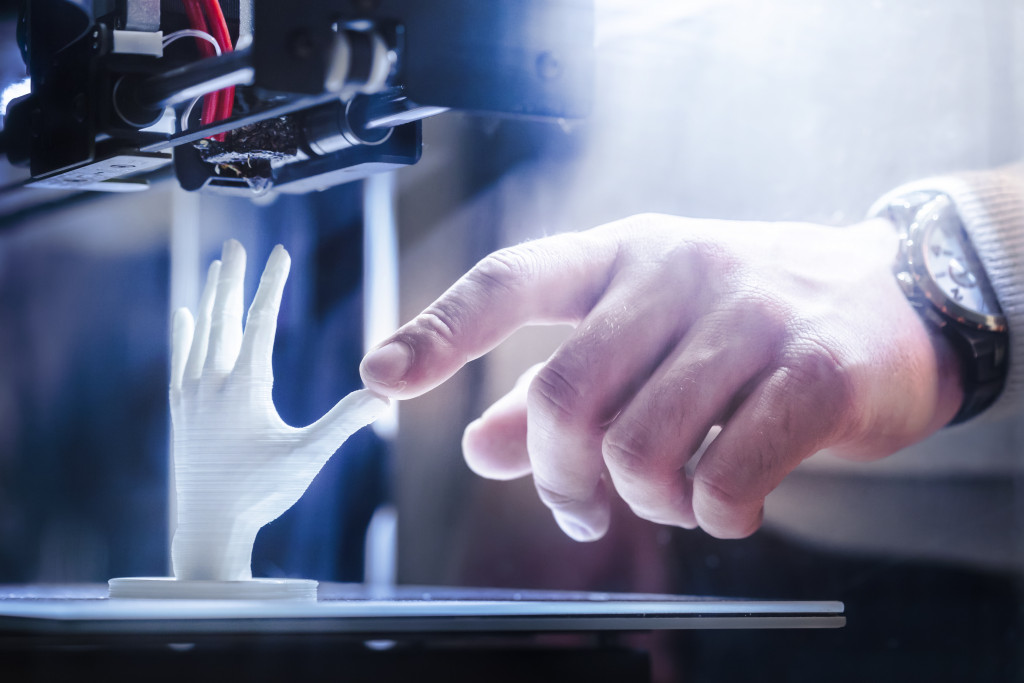- Companies in the industrial sector are increasingly investing in health and safety innovations to protect their workers.
- New technologies such as drones, robotics, sensors, and GPS trackers are used to monitor and identify potential risks.
- More stringent regulations have been implemented to ensure employers comply with safety standards.
- Personal protective equipment (PPE) is essential for protecting workers in hazardous conditions.
- GPS trackers can monitor performance, streamline communication and improve worker safety.
The safety of employees from the industrial sector, such as factories, power plants, and other production areas, is of utmost importance. Companies in this sector increasingly ensure that their employees work in safe and comfortable environments. Companies are turning to innovative ways to protect their workers from potential hazards to provide a safe working environment.
Technologies such as sensors, cameras, GPS trackers, and AI-based analytics can monitor employees’ safety in real time. From introducing modern technology to streamline processes to implementing comprehensive safety protocols and training programs, businesses from the industrial sector are investing heavily in health and safety innovations. This blog post will highlight some best practices for keeping workers safe.
New Technology
Like other industries, the industrial sector is embracing technology to improve processes, including health and safety measures. Here are some examples of the new technology they use in their workspaces:
Drones
Drones are becoming increasingly popular as a safety measure in industrial settings. They can be used to monitor workers, identify potential risks, and serve as an additional layer of safety for hazardous locations that may be difficult or dangerous for humans to access.
Robotics
More and more industrial companies are integrating robotics into their operations to streamline processes, improve efficiency, and reduce potential safety risks. Automated robots can be programmed to perform hazardous tasks, eliminating the need for workers to do so and ensuring their safety.
Sensors

Regarding safety, sensors are a great way to monitor conditions and alert workers when there is a potential hazard. Machine safety sensors can detect temperature changes, pressure, gas emissions, and other environmental factors that could be dangerous for employees.
Moreover, this technology can monitor workers and detect potential fatigue or distraction to ensure they are following safety protocols. This tool is often used in mining, manufacturing, and energy production businesses.
Regulations & Certifications
In addition to technological advances, more stringent regulations have been implemented to protect workers in industrial settings. For example, OSHA has established various standards that must be met for employers to comply with the law. Companies must also obtain certification from organizations such as ANSI or ISO to demonstrate their commitment to health and safety practices. This helps ensure that businesses are held accountable for any violations on their premises.
Personal Protective Equipment (PPE)
Personal protective equipment (PPE) is another essential part of keeping workers safe in industrial settings. PPE includes hard hats, goggles, hearing protection, respirators, gloves, boots, and other items designed to protect against specific hazards associated with certain tasks and operations. Employers must ensure that their workers have access to the appropriate PPE when performing hazardous jobs or working with dangerous materials to stay safe while on the job.
GPS Trackers

GPS trackers are essential for keeping workers safe in industrial settings. This technology allows employers to monitor and maintain the location of their employees at all times and can even be used to detect when workers are in a hazardous area. GPS trackers also provide valuable data such as work hours and routes taken by employees, allowing companies to analyze how their personnel use their job time. Some of its key advantages include the following:
Streamlining communication
When using GPS trackers, companies can quickly and easily communicate with their workers, providing them with the necessary information about safety protocols, potential hazards, and directions for delivery.
Improved worker safety
GPS trackers help employers identify areas that may be hazardous to their employees, enabling them to take corrective measures before an accident occurs.
Tracking employee performance
GPS trackers help employers track the performance of their employees, such as how long they have been in each location or area, and can even be used to detect any unsafe practices.
The industrial sector has come a long way in health and safety practices over the past few decades, thanks to technological advances and increased regulatory compliance requirements.
By investing in innovative technologies such as drones and VR simulations and providing access to personal protective equipment (PPE) for workers onsite, companies can ensure that their employees remain safe while on the job – no matter what environment they find themselves working in. As health and safety protocols evolve within the industry, we’re sure we’ll see even more improvements going forward!